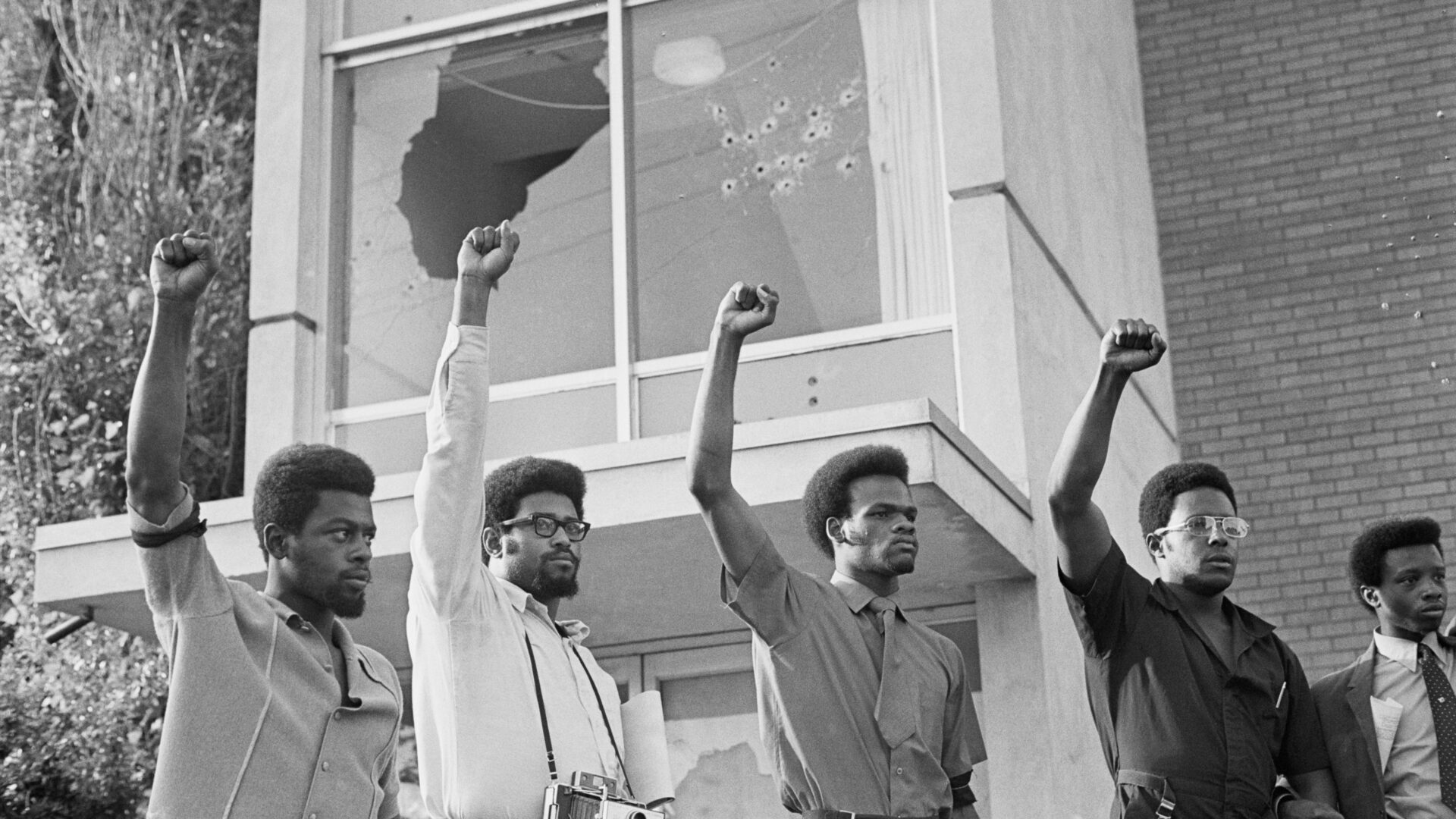
The Black Power Movement started as a moment of revolution and racial pride for the future generation. Beginning in the 1960s and 1970s, the focus was on progression and creating better institutions for culture and creation. Through artistry and innovation, photography became a mechanism in the social movement to depict the active change and showcase transparency in Black realities during the movement. During that time, photography could enter the realm of activism, with figures like Gordon Parks and Moneta Sleet Jr. providing a visual platform for the movement.
The era of early photography in the Black community symbolized better representation and visibility. With publications like EBONY, Jet and ESSENCE, Black photojournalists curated a haven for advocacy in the creative space. Civil Rights activism was more than just protests and sit-ins, the art that was birthed was a sign of the times. Photographers became a part of history by capturing moments that may have gone unnoticed otherwise.
In a package for Life Magazine, Gordon Parks opened up about his role in the Black Power movement and the shift it created in his life and the culture. “In fulfilling my professional and artistic ambitions in the White Man’s world, I had had to become completely involved in it,” Parks penned. “This experience has taught me that nothing is ignoble about a Black man climbing from the troubled darkness on a white man’s ladder, providing he doesn’t forsake the others who, subsequently, must escape that same darkness.”
Throughout the years of creation and content, the sentiment of photography has been one of the unsung heroes of the social movement for Black people. By providing a visual representation of Black art, the general public saw the good, bad and ugly behind the lens of the Black experience throughout a time when their stories were not valued.
Check out the photographs that capture the essence and significance of the crusade, illustrating the struggle, resilience, and determination of Black activists and communities fighting against systemic racism and oppression.
The Black Power Salute At The 1968 Olympics
Tommie Smith and John Carlos created a massive conversation after throwing up Black power fists during the 1968 Olympics, jumpstarting the trend of public figures publicly advocating for better rights and equality for Black people across the country.
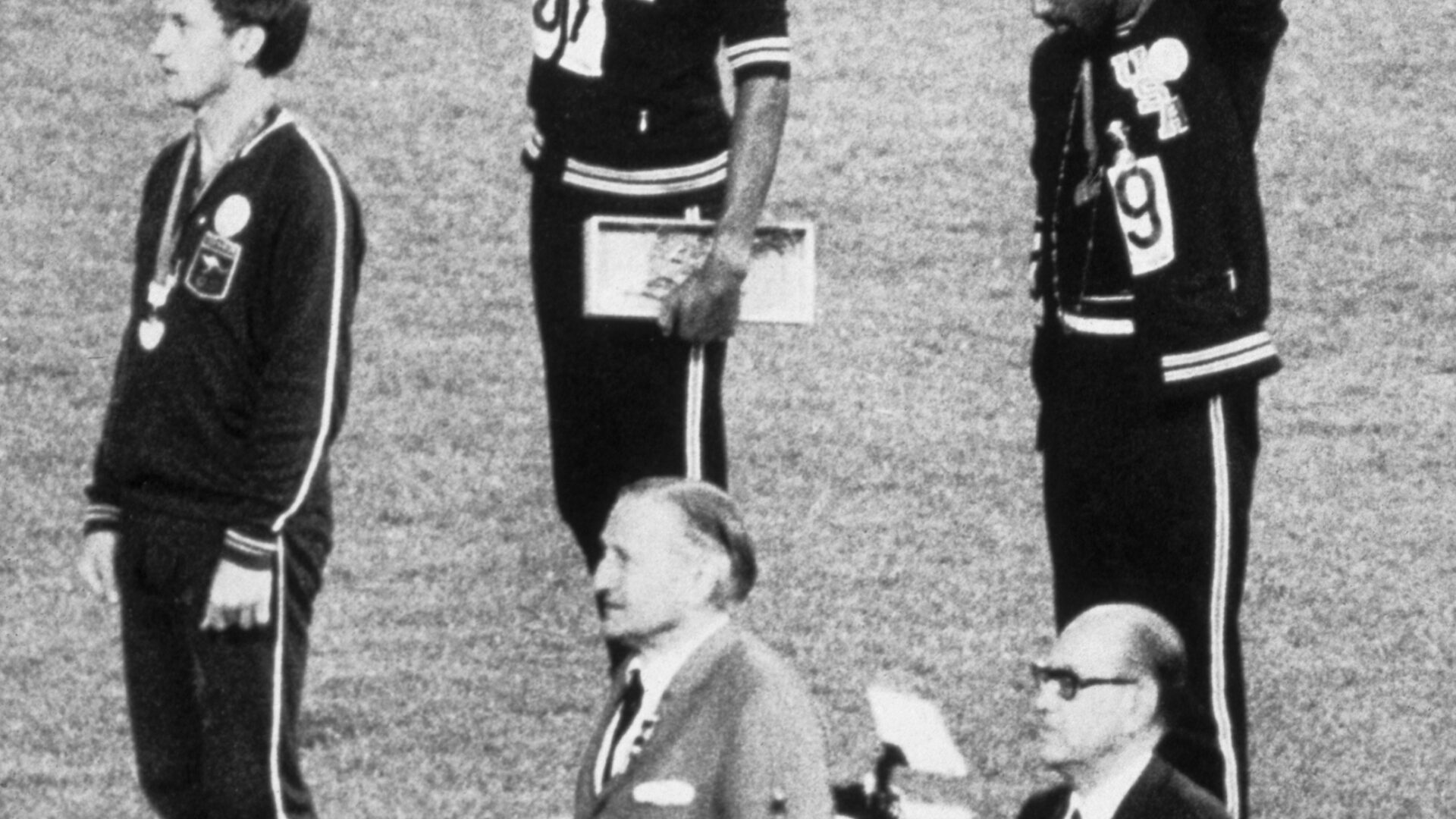
During the award presentation for the Men’s 200-meter event final at the 1968 Summer Olympics, American athletes, gold medalist Tommie Smith (center) and bronze medalist John Carlos (right), each raise a clenched fist and bow their heads during the US National Anthem as a Human Rights protest
Angela Davis At First News Conference
After being on trial for alleged activities in connection to the Marin County Court shootout, the imagery of Angela Davis became prevalent across the media, showcasing her constant advocacy for herself.
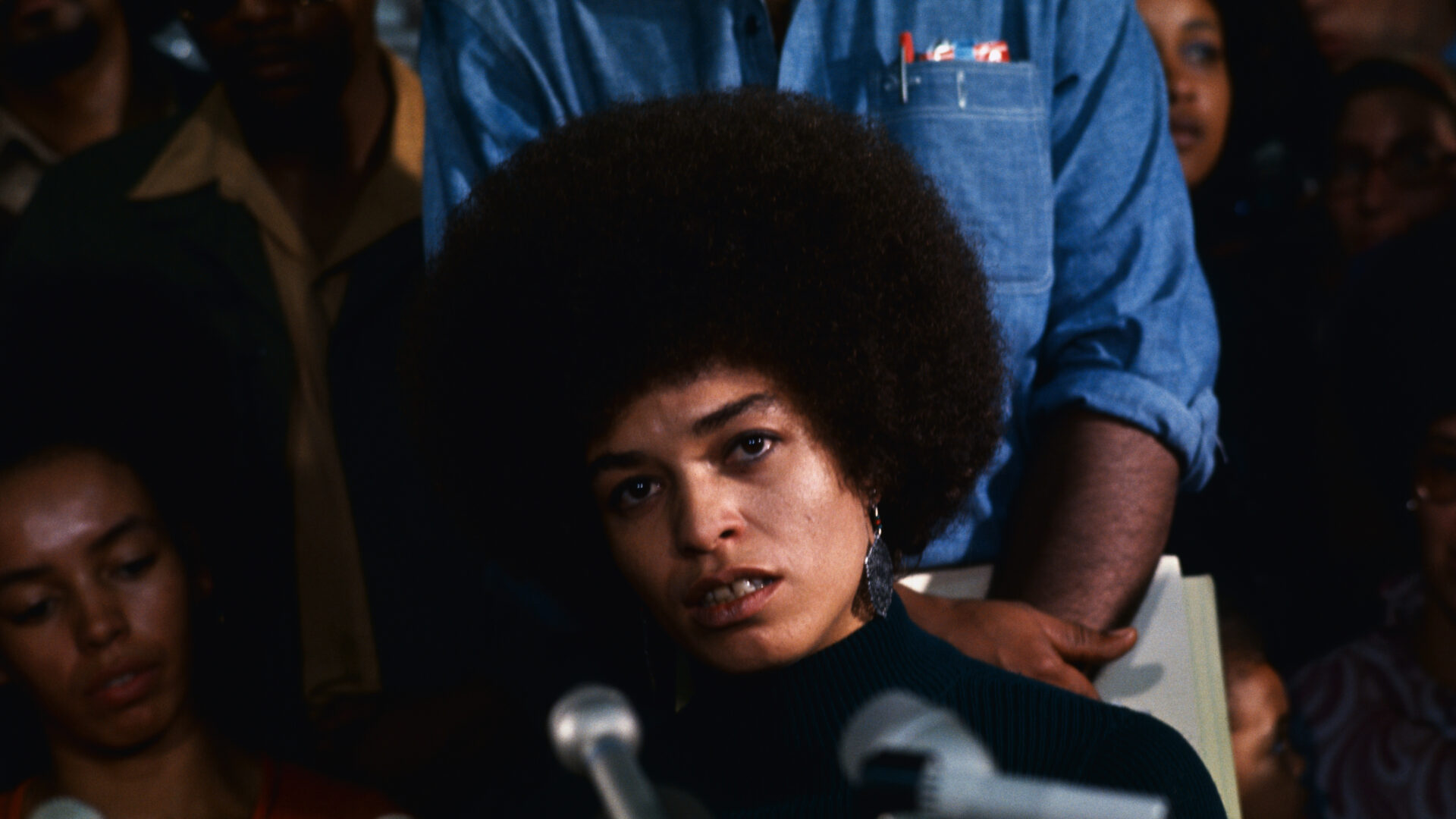
San Jose, Calif.: Angela Davis, militant on trial for alleged activities in connection with Marin County Court shootout, attends her first news conference since being released on bail, February 24th.
Anti-Police Protest In Paddington
Throughout the Black Power movement, protests were one of the top factors to evoke change worldwide. The Anti-police protest in Paddington was a significant moment to be captured visually to show the obstacles happening in real time.
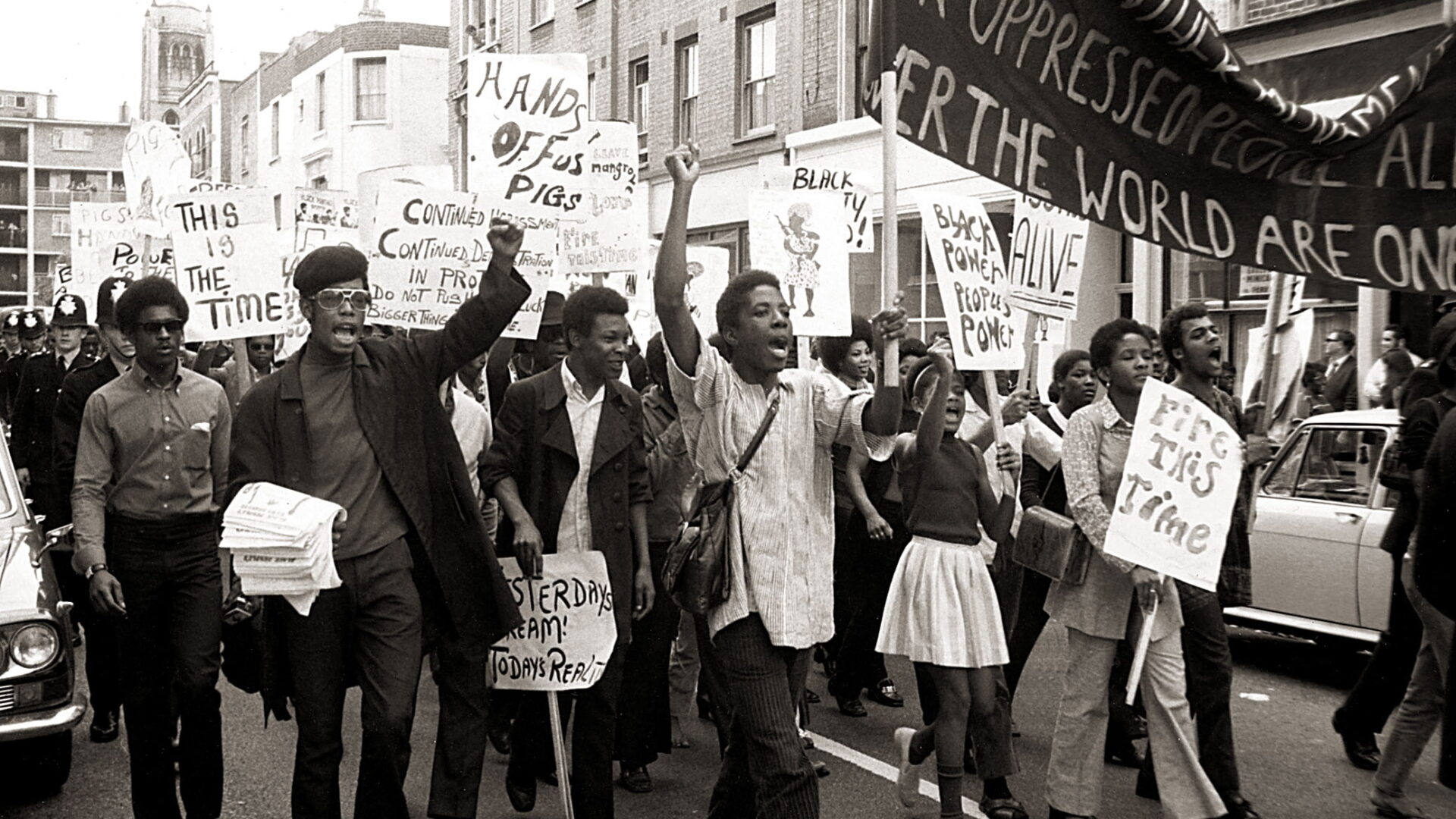
Demonstrators in Paddington after the Black Panthers clashed with police during an anti-police protest march in London’s Notting Hill. 9th August 1970. (Photo by Albert Foster/Daily Mirror/Mirrorpix via Getty Images)
Black Panther Kid’s Breakfast
The legacy of the Black Panther Party has expanded for generations, and one of the main ways they cemented themselves as a progressive collective is through their advocacy for children. The Black Panther Kid’s breakfast was a safe space where the next generation could learn from others and each other.
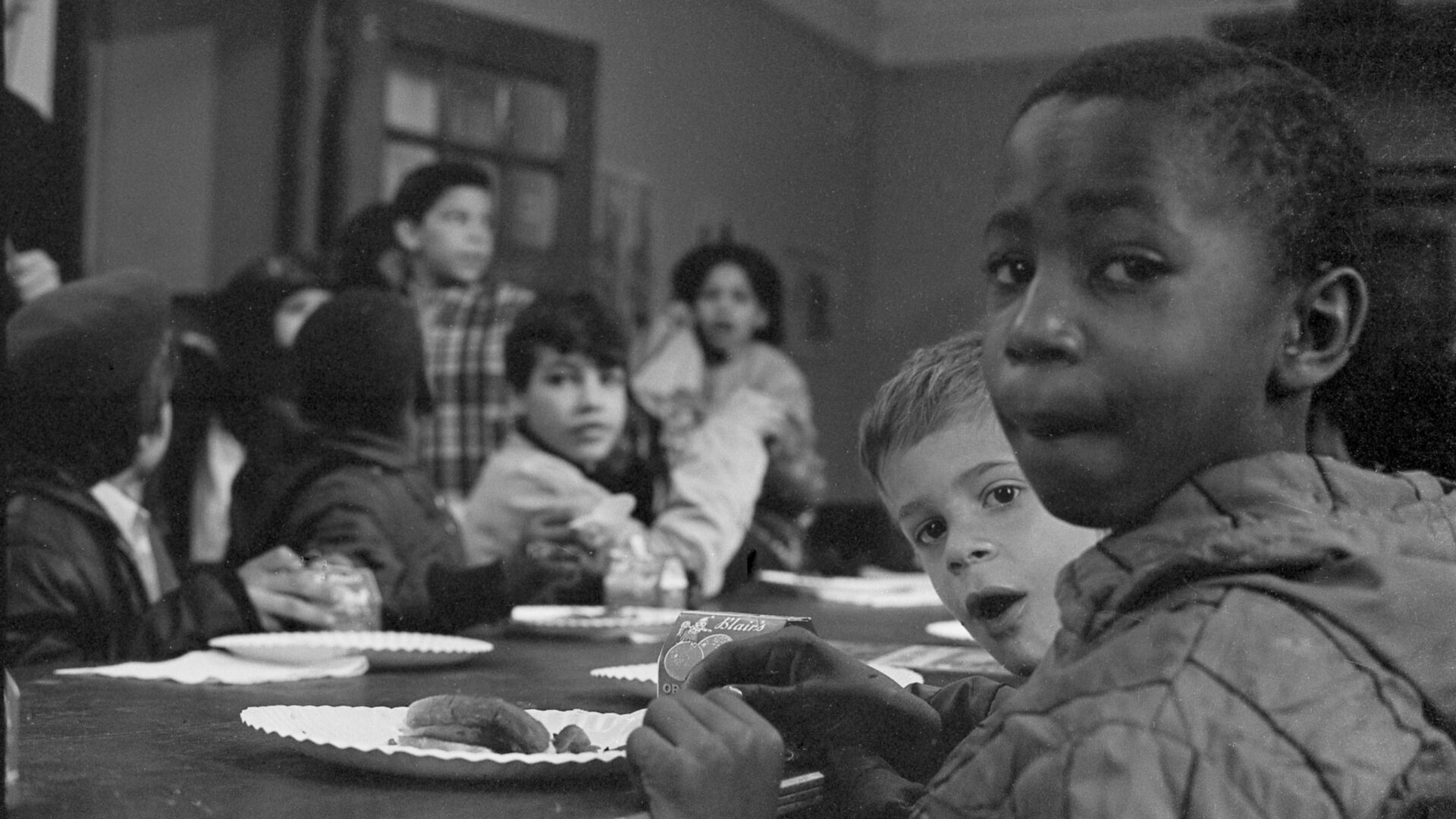
View of a group of boys eating during a free breakfast for children program sponsored by the Black Panther Party, New York, New York, winter 1969. (Photo by Bev Grant/Getty Images)
Jackson State Students Giving The Black Power Hand Sign
Many of us don’t realize that the youth had a hand in the Black Power Movement, from various protests on college campuses to attending rallies and giving speeches.

Bullet riddled Alexander Hall (a dormitory at Jackson State College) stands in background as youths give Black Power hand sign following memorial services for Phillip Gribbs and James Greene, who were out down by a hail of police fire during a campus demonstration May 15th.
About the Author: Kenyatta Victoria is the lead writer for Essence GU, working on all things pop culture, politics, entertainment and business. Throughout her time at GU, she’s garnered devoted readers and specializes in the Zillennial point of view.